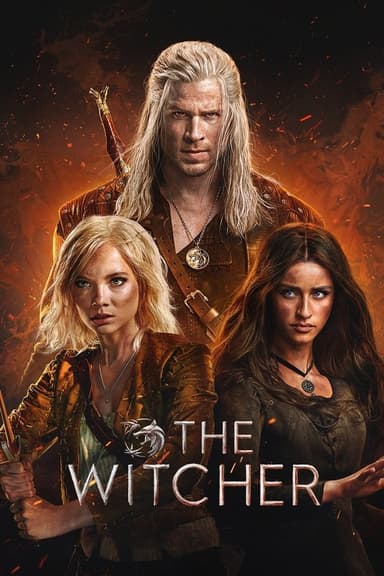
The Keepers
1991 • Kids, Sci-Fi & Fantasy
Soviet live-action film adaptation of J. R. R. Tolkien’s The Fellowship of the Ring, aired once in 1991 by Leningrad Television and then thought lost. It was rediscovered in 2021. It includes scenes of Tom Bombadil and the Barrow-wight omitted from Peter Jackson’s Lord of the Rings film trilogy.
Why you should read the novel
The original novel, The Keep by F. Paul Wilson, delves far deeper into the psychological horror and layered mystery than the television adaptation can capture. Wilson’s unique prose and carefully developed characters immerse you in an atmosphere of palpable dread that lingers long after the final page is turned. The book’s gradual revelations and intricate details allow the reader to ponder the morality and motivations of each character in a way the TV series simply cannot match.
Reading the novel opens up nuanced subplots and philosophical inquiries often lost or condensed in screen adaptations. The subtle tension among the characters and the escalating sense of supernatural menace are more fully realized, creating a richer, more thought-provoking experience. Wilson’s elegant structure lets you absorb not just what happens, but also why it matters to the fate of those within The Keep.
For fans of literary horror and suspense, The Keep offers a gripping, evocative escape into a world where history, myth, and terror intertwine. It’s a must-read for anyone seeking a complete understanding of the story’s original vision and themes, beyond the limitations of its screen interpretation.
Adaptation differences
One prominent difference between the television series The Keepers and the original novel is the treatment of the supernatural elements. While Wilson’s novel is deeply rooted in supernatural horror, presenting the malevolent force within The Keep as an ancient, apocalyptic evil, the TV series tends to downplay these elements, leaning more into a grounded mystery-thriller and psychodrama framework. The book’s depiction of the entity’s powers and influence, along with the claustrophobic setting, is much more intense and central to the narrative than what is seen in the adaptation.
Characterization also differs markedly between the two mediums. Wilson’s book offers considerable insight into the motivations and backgrounds of characters like Molasar, Glenn, and the resistance fighters. The TV series, constrained by its run-time and pacing, necessarily condenses character arcs and relationships. This leads to a more surface-level interpretation of motivations and diminishes some of the novel’s morally complex interactions.
Plot-wise, the TV adaptation takes liberties with several key events, rearranging sequences for episodic tension rather than maintaining the slow-burn build of dread found in the novel. Some subplots and characters are either omitted or merged, which can streamline the story but loses the depth and multiple perspectives that make the novel so engrossing. This results in a narrative that is more straightforward but potentially less satisfying for fans of the book.
Lastly, the themes explored in Wilson’s novel—such as the nature of evil, the consequences of war, and the ambiguity between good and evil—are delved into with greater nuance and philosophical inquiry in the book. The series, on the other hand, tends to favor action and suspense over slow, philosophical exploration, thus offering a fundamentally different takeaway on the story’s core dilemmas.
The Keepers inspired from
The Keep
by F. Paul Wilson








